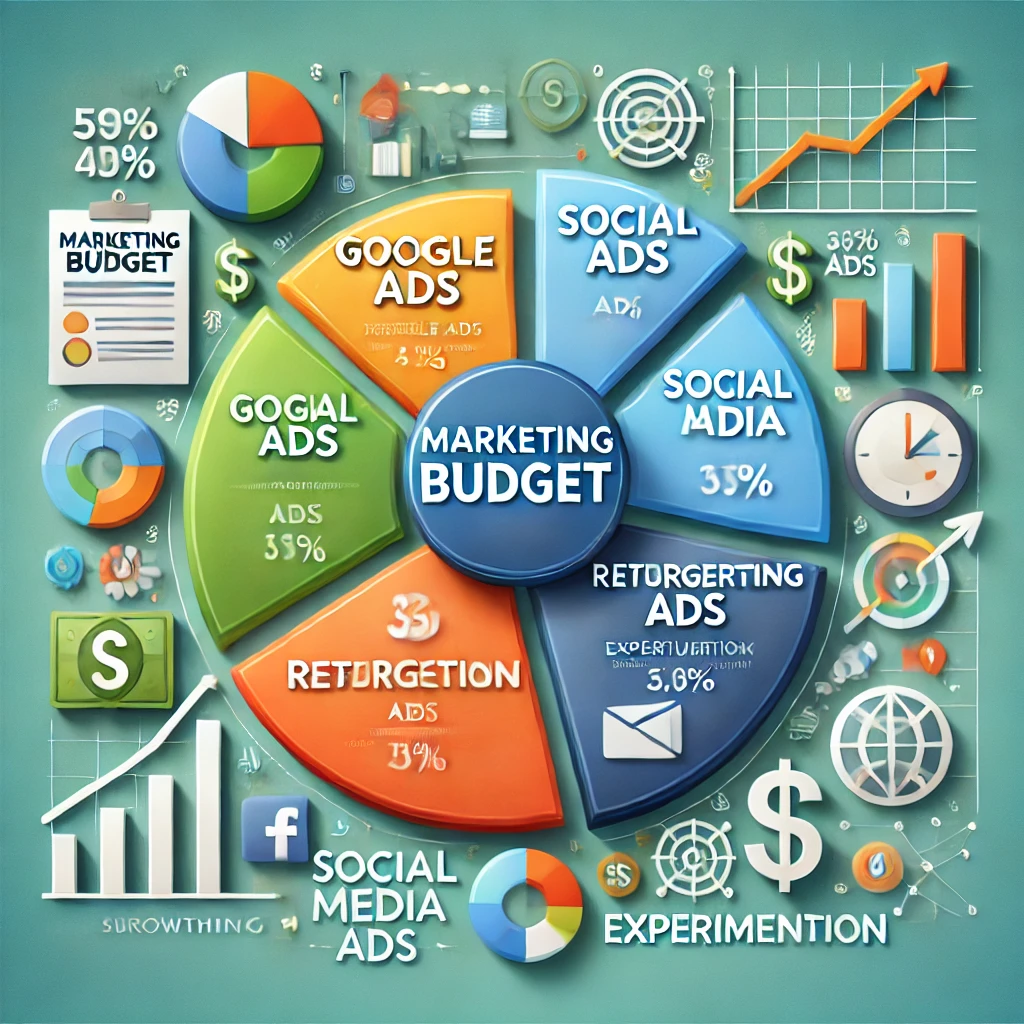
Maximizing ROI from Paid Ads: A Complete Guide to Success
Introduction
Paid advertising has become a cornerstone of digital marketing, offering businesses the chance to gain instant visibility and measurable results. Yet, achieving a strong ROI from paid ads remains a challenge for many marketers. Without a well-optimized strategy, your ad spend can quickly spiral into wasteful expenses. So how can you ensure that every dollar invested translates into tangible returns? Let’s dive into the key strategies, tools, and best practices to maximize ROI from paid ads.
Why ROI is the Ultimate Metric for Paid Ads
Return on Investment (ROI) is the most critical metric for evaluating the success of your paid advertising campaigns. It measures how much revenue your ads generate compared to their cost. A positive ROI means your campaigns are profitable, while a negative ROI signals the need for optimization.
Why ROI Matters:
- Measures Campaign Effectiveness: It directly correlates your ad spend to business growth.
- Justifies Budget Allocation: A clear ROI helps secure buy-in for increased ad budgets.
- Enhances Decision-Making: Analyzing ROI guides smarter, data-driven adjustments.
Key Factors That Influence ROI from Paid Ads
1. Audience Targeting
The better you know your audience, the more likely your ads will resonate. Use data-driven insights to segment your audience by:
- Demographics
- Interests
- Behavioral patterns
- Purchase intent
2. Keyword Strategy
For search-based ads, keyword selection is critical. Use tools like Google Keyword Planner to identify high-intent, low-competition keywords. Incorporate negative keywords to filter out irrelevant traffic.
3. Ad Copy and Creative
Engaging ad copy and visuals directly impact click-through rates (CTR) and conversions. Ensure your ads:
- Highlight unique value propositions (UVPs)
- Include clear calls-to-action (CTAs)
- Use high-quality, relevant visuals
4. Landing Page Experience
Driving traffic is only half the battle. Your landing page must be optimized for:
- Fast loading speed
- Mobile responsiveness
- Clear messaging and CTAs
- Easy navigation
5. Budget Management
Set a realistic budget and allocate it effectively across campaigns. Monitor spend closely to avoid overspending on underperforming ads.
How to Maximize ROI from Paid Ads
1. Set Clear Objectives
Define what success looks like. Are you aiming for:
- Increased website traffic?
- More leads?
- Direct sales?
Clear goals will help you align your campaigns and measure ROI accurately.
2. Optimize for Conversions
Ensure your campaigns are designed to drive action. Use tools like Google Ads Conversion Tracking to measure actions such as form submissions, purchases, or downloads.
3. A/B Test Everything
Test variations of:
- Ad copy
- Images and videos
- CTAs
- Landing pages Analyze performance to identify and scale the most effective elements.
4. Leverage Retargeting Campaigns
Retargeting allows you to reconnect with users who previously interacted with your website. These campaigns often yield higher ROI because they target warm leads.
5. Focus on Quality Score
For Google Ads, a high Quality Score reduces CPC and improves ad placement. Enhance your Quality Score by:
- Using highly relevant keywords
- Creating compelling ad copy
- Ensuring a seamless landing page experience
6. Use Smart Bidding Strategies
Platforms like Google Ads offer automated bidding strategies like Target CPA (Cost-Per-Acquisition) or ROAS (Return on Ad Spend) to optimize performance in real-time.
Tools to Improve ROI from Paid Ads
- Google Ads Performance Planner: Predict the impact of budget changes on campaign results.
- Facebook Ads Manager: Analyze audience engagement and ad performance for social media campaigns.
- SEMrush or Ahrefs: Conduct keyword and competitor analysis to improve targeting.
- Hotjar: Understand user behavior on your landing pages to optimize conversion rates.
- Optimizely: Run A/B tests on ads and landing pages.
Measuring ROI from Paid Ads
To calculate ROI, use this formula:
ROI (%) = [(Revenue – Ad Spend) / Ad Spend] x 100
Example:
- Revenue from ads: $5,000
- Ad spend: $2,000
ROI = [($5,000 – $2,000) / $2,000] x 100 = 150%
A 150% ROI means you’ve gained $1.50 for every $1 spent.
Common Mistakes That Hurt ROI
- Targeting Too Broad an Audience: Leads to low conversion rates.
- Ignoring Analytics: Without data analysis, it’s impossible to identify what’s working.
- Overlooking Mobile Optimization: A poorly designed mobile experience can drive potential customers away.
- Focusing Solely on CTR: High clicks don’t always mean high conversions.
Scaling Your ROI Efforts
Once you achieve consistent positive ROI, consider scaling your campaigns by:
- Increasing your budget for high-performing ads.
- Expanding to new platforms like TikTok or LinkedIn.
- Exploring new audience segments or geographies.
The Future of ROI from Paid Ads: AI and Automation
With advancements in AI, ad platforms now offer tools to automate bidding, optimize ad placement, and personalize user experiences. Stay updated with these innovations to maintain a competitive edge.
Conclusion
Maximizing ROI from paid ads requires a combination of precise targeting, compelling creative, and constant optimization. By leveraging data-driven strategies, testing thoroughly, and refining your campaigns, you can turn ad spend into a powerful growth engine for your business. Take the first step today and watch your ROI soar!
Boost Your Local SEO and Book More Landscaping Jobs
Appearing on the first page of local search results is critical for landing new landscaping jobs. Our expert team will rewrite your content to include the right keywords, helping your site rank higher and attract more local clients. Sign up for a free content audit and start booking more jobs today! Sign up here.


